Francesco Stella (born 24 April 1943), known professionally as Franco Stella, [1] is an Italian architect.
Francesco Stella (born 24 April 1943), known professionally as Franco Stella, [1] is an Italian architect.
Stella studied at the Università Iuav di Venezia in Venice. In the early 1970s he undertook teaching and research at Gruppo Architettura. In 1973 he was professor of architecture design at the IUAV. He has been Professor of Architectural Design at the Faculty of Architecture of the University of Genoa. In architectural terms, Stella views himself as a representative of classic modern rationalism.
On 28 November 2008, he won the architectural competition for the design of the reconstruction of the Berlin City Palace / Humboldt Forum.
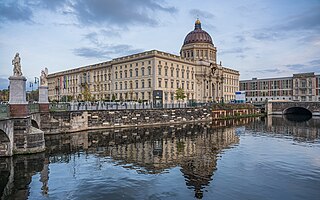
The Berlin Palace, formally the Royal Palace and also known as the City Palace, is a large building adjacent to Berlin Cathedral and the Museum Island in the Mitte area of Berlin. It was the main residence of the House of Hohenzollern from 1443 to 1918. Expanded by order of Frederick I of Prussia according to plans by Andreas Schlüter from 1689 to 1713, it was thereafter considered a major work of Prussian Baroque architecture. The royal palace became one of Berlin’s largest buildings and shaped the cityscape with its 60-meter-high (200 ft) dome erected in 1845.

Vincenzo Scamozzi was an Italian architect and a writer on architecture, active mainly in Vicenza and Republic of Venice area in the second half of the 16th century. He was perhaps the most important figure there between Andrea Palladio, whose unfinished projects he inherited at Palladio's death in 1580, and Baldassarre Longhena, Scamozzi's only pupil.
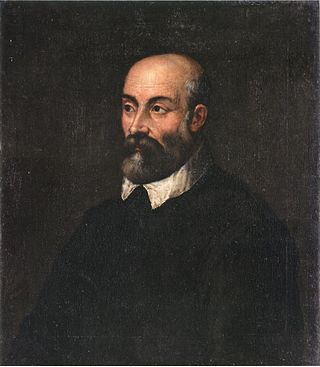
Andrea Palladio was an Italian Renaissance architect active in the Venetian Republic. Palladio, influenced by Roman and Greek architecture, primarily Vitruvius, is widely considered to be one of the most influential individuals in the history of architecture. While he designed churches and palaces, he was best known for country houses and villas. His teachings, summarized in the architectural treatise, The Four Books of Architecture, gained him wide recognition.
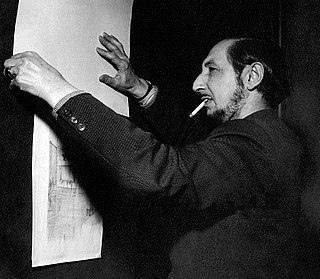
Carlo Scarpa was an Italian architect and designer. He was influenced by the materials, landscape, and history of Venetian culture, as well as that of Japan. Scarpa translated his interests in history, regionalism, invention, and the techniques of the artist and craftsman into ingenious glass and furniture design.

Iuav University of Venice is a university in Venice, Italy. It was founded in 1926 as the Istituto Universitario di Architettura di Venezia as one of the first architecture schools in Italy. The university offers several undergraduate, graduate and higher education courses in architecture, urban planning, fashion, arts, and design.

Giorgio Grassi is one of Italy's most important modern architects, and part of the so-called Italian rationalist school, also known as La Tendenza, associated most famously with Carlo Aymonino and Aldo Rossi that emerged in Italy in the 1960s. Much influenced by Ludwig Hilberseimer, Heinrich Tessenow and Adolf Loos, Grassi's architecture is the most severely rational of the group: his extremely formal work is predicated on absolute simplicity, clarity, and honesty without ingratiation, rhetoric, or spectacular shape-making; it refers to historical archetypes of form and space and has a strong concern with the making of urban space. For these reasons Grassi is a non-conformist and a critic of conventional mainstream architecture.
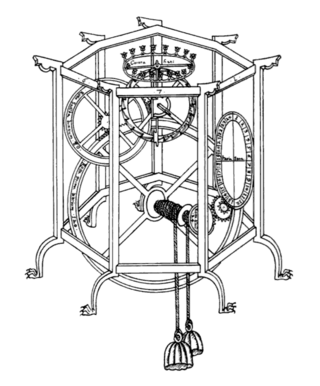
Giovanni Dondi dall'Orologio, also known as Giovanni de' Dondi, was an Italian physician, astronomer and mechanical engineer in Padua, now in Italy.

Ignazio Gardella was an Italian architect and designer.
Sergio Los was an Italian architect and educator. He is considered one of the main interpreters of the Regional Bioclimatic Architecture, a design philosophy developed during the seventies (1972–1979) at the University Iuav of Venice under the pressure of the environmental and energy crisis. He developed a locally rooted architecture that adapts to the regional circumstances and uses the natural energetic potentials, especially solar energy. Already in 1980 he was contributing to the organisation PLEA, that promotes sustainable architecture on a worldwide scale.

Palazzo Thiene Bonin Longare is a patrician palace in Vicenza, northern Italy, designed by Italian Renaissance architect Andrea Palladio, probably in 1572, and built after Palladio's death by Vincenzo Scamozzi. It is one of the city palazzi of the Thiene family that Palladio worked upon, the other being Palazzo Thiene in the near contrà Porti.
Massimo Carmassi is an Italian architect.

Francesco Dal Co is an Italian historian of architecture. He graduated in 1970 at the University Iuav of Venice, and has been director of the Department of History of Architecture since 1994. He has been Professor of History of Architecture at the Yale School of Architecture from 1982 to 1991 and professor of History of Architecture at the Accademia di Architettura of the Università della Svizzera Italiana from 1996 to 2005. From 1988 to 1991 he has been director of the Architectural Section at the Biennale di Venezia and curator of the architectural section in 1998. Since 1978 he has been curator of the architectural publications for publishing House Electa and since 1996 editor of the architectural magazine Casabella.
Heinz Tesar was an Austrian architect who had an international reputation for his church and museum architecture.
Francesco Pio Dotti is an Italian architect, painter, designer and writer in the school of Aldo Rossi.

Paolo De Poli was an Italian enameller and painter.
If we can speak of an Italian art of enamel, it is thanks to De Poli, to the road he opened up and followed faithfully, to the example of his orthodox technique, to his sureness of touch, to the esteem and admiration he has won. And we should to be grateful to him for this also. Gio Ponti
Aldo Cibic is an Italian designer.
Angelo Torricelli is an Italian architect.
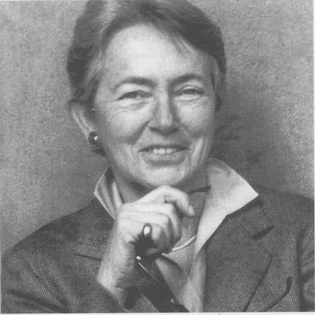
Franca Helg was an Italian designer and architect. She also had a career teaching at Istituto Universitario Architettura Venezia and Polytechnic of Milan. She collaborated with Franco Albini from 1945 through 1977.

Antonio Diedo was an Italian architect. Born in Venice, he was active both in his natal city and the mainland towns of the Republic of Venice.

The reconstruction of the Berlin Palace took place from 2013 to 2020, incorporating donor-funded facades and components of the Baroque palace building. In 2002, the German Bundestag decided to partially rebuild the palace, which was demolished in 1950, thus continuing the restoration of Berlin's Historic Center. The three facades, which date back to 1713 and were designed by Andreas Schlüter, were reconstructed with the palace dome by Friedrich August Stüler from 1853. The project was widely discussed in society. According to the decision of the international expert commission in April 2002, the reconstructed palace serves as the seat of the Humboldt Forum.